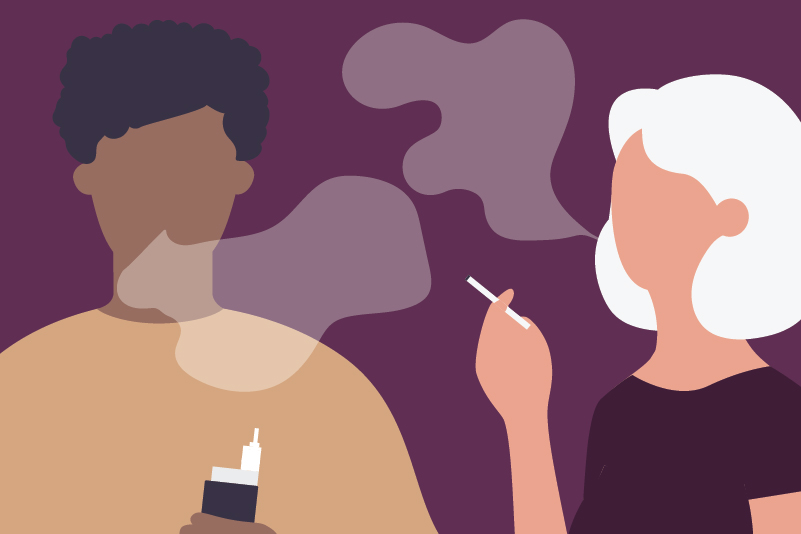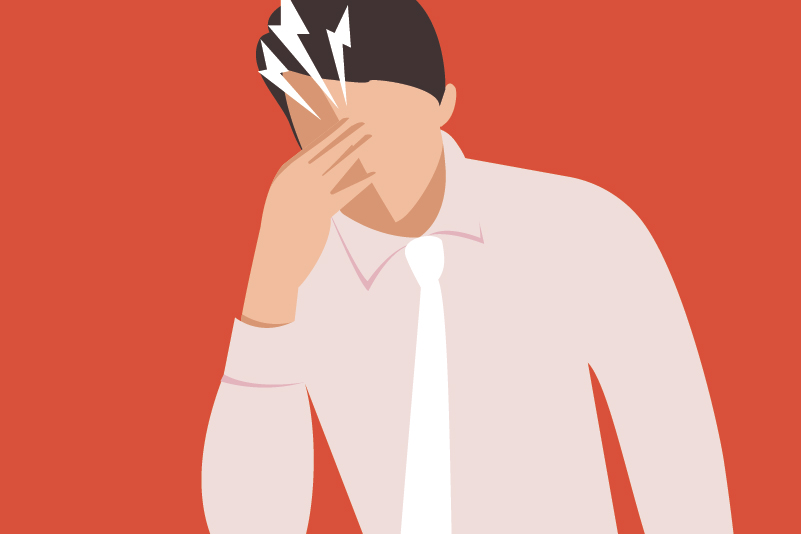#132: Can We Stop Migraines Bound to Rebound?

Reading Tools for Practice Article can earn you MainPro+ Credits
Join NowAlready a CFPCLearn Member? Log in
- Highest quality systematic review (published twice)1,2 reported on seven randomized control trials (RCTs) of adult emergency department (ED) patients with migraines (up to 786 patients). Patients typically received physician-chosen treatment and then one dose of intravenous dexamethasone (10-24 mg) or placebo.
- Severe headache recurrence 24-72 hours after discharge (interfering with activities of daily living or requiring additional physician treatment), statistically significantly reduced:
- 37.2% vs. 46.6% (placebo): Number Needed to Treat (NNT)=11.1
- Dexamethasone:
- Doses >15 mg not more effective than doses <15 mg.2
- Did not improve pain scores at ED discharge.2
- Systemic adverse events: Similar to placebo.2
- Limitations: All except one study3 from North America (primarily large EDs), most had short (≤3 day) follow up.
- Severe headache recurrence 24-72 hours after discharge (interfering with activities of daily living or requiring additional physician treatment), statistically significantly reduced:
- Two other systematic reviews (less inclusive of studies4 or lower quality5) had similar conclusions.
- Oral dexamethasone: Either as a separate small RCT3 or sub-group of a larger RCT,6 failed to decrease recurrent severe headaches (77 patients total).
- Millions of Canadians7 have migraines, many patients are unsatisfied with their treatment.8
- Suggested pre-ED treatments include non-steroidal anti-inflammatory drugs [(NSAIDs) or acetaminophen if allergic] alone or in combination with triptans.1,9
- Suggested parenteral ED treatment includes: Fluids, NSAIDs, metoclopramide, and neuroleptics (prochlorperazine and chlorpromazine).1,9
- Variation in practices exist regarding treatment of migraines7 and over-use of narcotic analgesics have been demonstrated.10
- Opioids are not recommended as first- or second-line agents in migraine therapy.1,9,11















I do not see migraine pts ow but this is interesting.